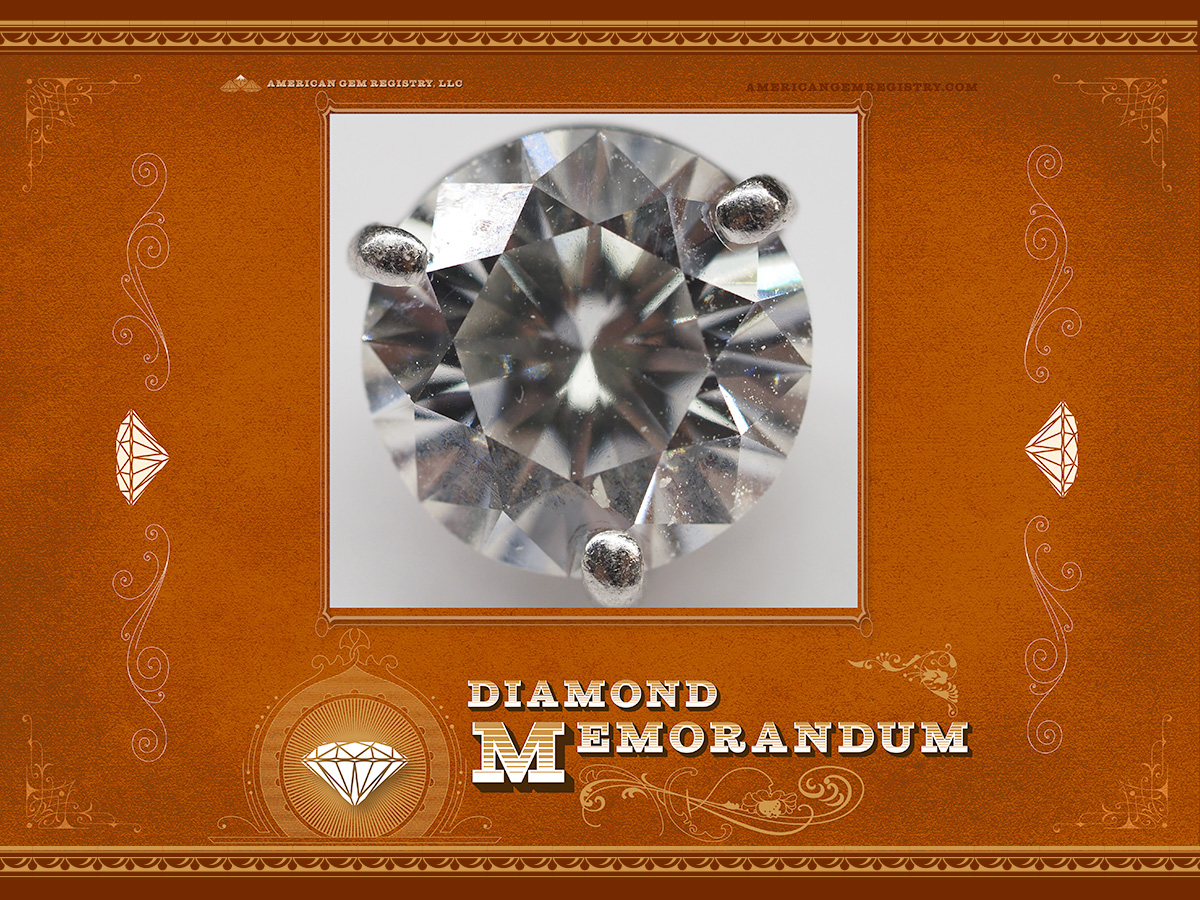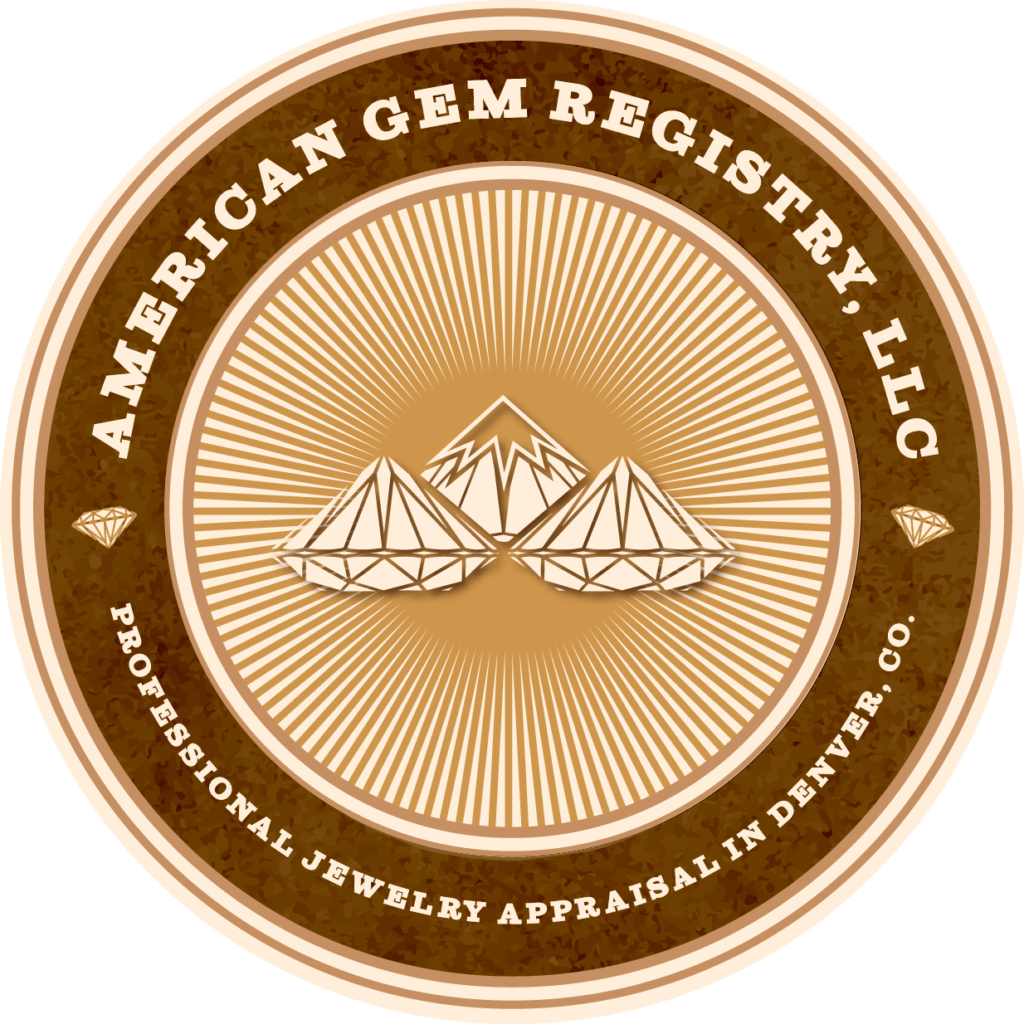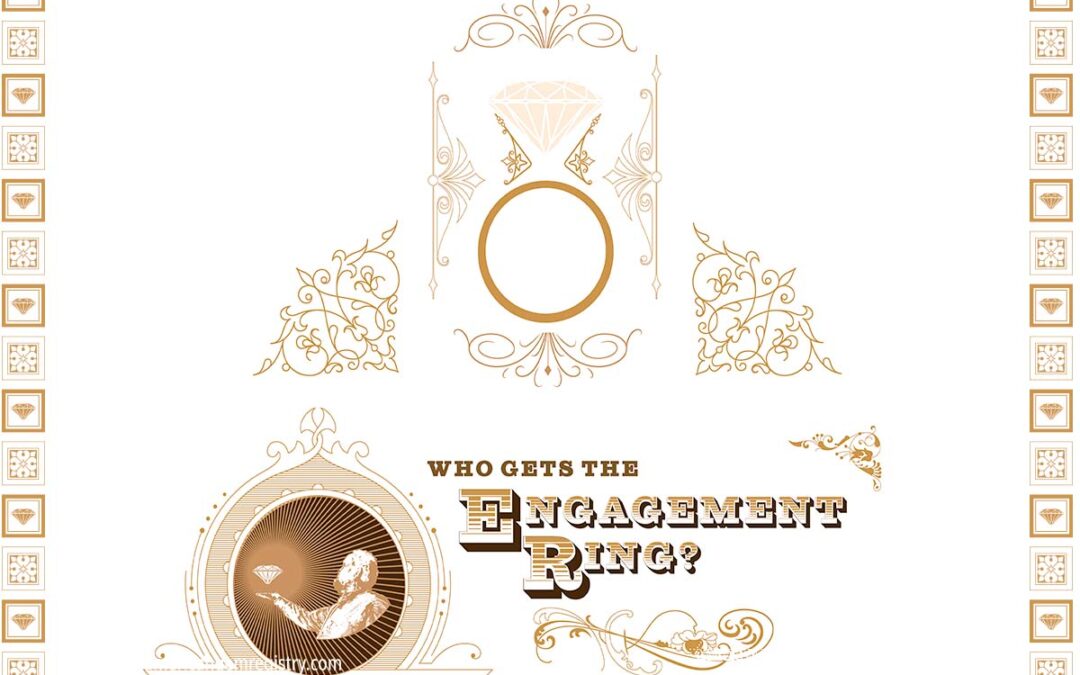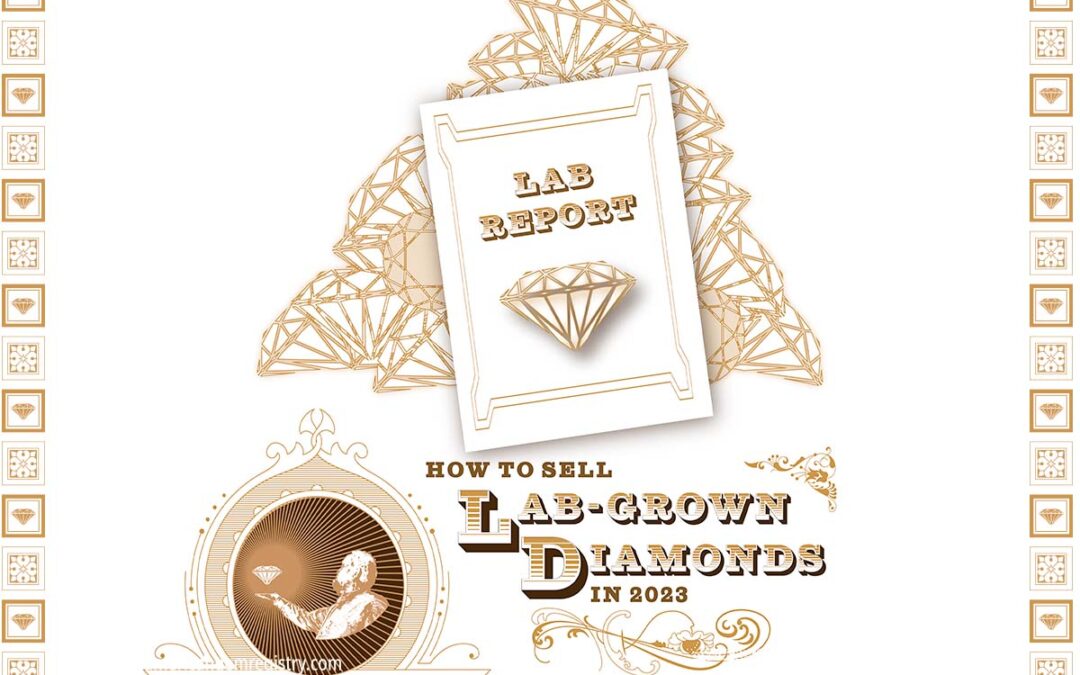If you’ve been shopping for a diamond using one of the big Internet databases, you may have noticed a curious phenomenon: It’s called “Diamond Memorandum.” Multiple dealers will have the same stone for sale, you know this because it’s got the exact same GIA report, but they’ll have minor differences. Cut grades. Minor details that are outside the scope of the GIA inspection. Photographs and reflector images. Why? Who really has the stone?
Diamond Memorandum or “Memo”
Most jewelers and diamond dealers have for decades shared in a system called “diamond memorandum” or simply “memo.” Here’s how it works.
If a customer goes into a store looking for a particular item that the store doesn’t have in stock at the moment, they will ring up one of their suppliers and borrow a few stones for long enough to make a sales presentation. This is based on the good credit of the jeweler with their supplier. If the customer chooses one of the stones, they both make a sale and if the customer opts out, then the stones are returned where they wait for the next possible buyer. It works pretty well, and both the dealers and the wholesalers benefit by it. The dealers by not having to carry a large inventory and putting up with all of the costs associated with that and the wholesalers gain by having their stones sold by many different stores that have different selling styles and in many different marketplaces.
“Diamond Memo Stones” Are Slightly More Expensive
This is not a free service, of course, although memorandum is rarely separately billed. Wholesalers are effectively offering a financing service to the jewelers as well as absorbing all of the costs of inventory tracking, security and similar expenses that are associated with this process. The result is that memo stones generally cost a little more. Put another way, the jewelers who pay cash and carry inventory can get better prices, and consequently better markups. The smart jewelers want to buy for inventory the items that do well in their store and that will sell quickly and prefer to ‘memo’ the ones that are more unusual for them. This turns out to work nicely because not every store does equally well with the same kinds of merchandise. The stores that do well with low quality but inexpensive goods are rarely the same stores that do well with super-premium ideal cuts.
The Internet Art of Diamond Memorandum
The internet has put this whole system on steroids. Wholesalers can make detailed lists of what they have available at any given time and share these lists with their customers on a more-or-less real-time basis. Dealers can offer this ‘virtual’ inventory where they list information like weight, dimensions, grading, even photos, certificate scans and Sarine results, but where they’ve never actually seen or held the stone. If a client wants to see a particular stone, the dealer can order it in by FedEx or similar carrier with a memo and the presentation happens with the customer exactly as with any other stone. The wholesalers that do well with this and offer accurate, timely and useful data are growing and the ones that cause problems for their dealers are suffering under the competition. There’s a whole art form to it.
Why There is Overlap in Jeweler Inventory
Many of the best dealers, both Internet and storefront, still want to carry an inventory. They get a better markup on owned merchandise and it prevents their competitors from having that same stones. This also gives them more personal control over the whole process and they can make a sale immediately if the opportunity arises. It’s also much easier to be sure that the stones meet their specific requirements and they don’t have to deal with the possibility that some competitor will buy it out from under them while they are in the midst of a sale.
The more specific the dealer is about what they sell, the more likely it is that they will simply buy it and carry it in inventory when they find one rather than do a short-term memorandum type deal. Since each dealer does business with a different assortment of suppliers and they do not always list every stone that is offered to them, each dealer will have a different list of stones but there is often some overlap in those lists. Certain stones will be available almost everywhere while others may only be available from only a few different dealers. The stones that are in inventory are usually proudly listed as such or, in the case of storefront dealers, available for your immediate examination.
Neil Beaty, ICGA.








